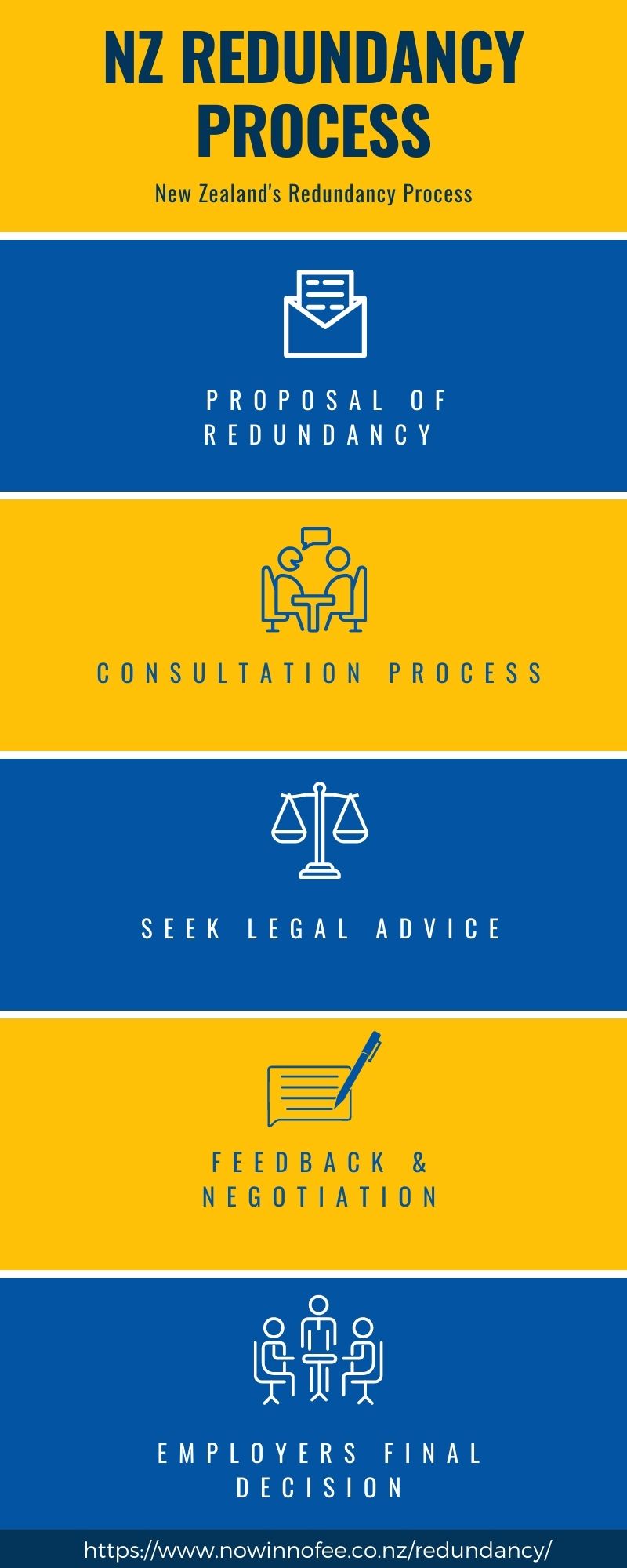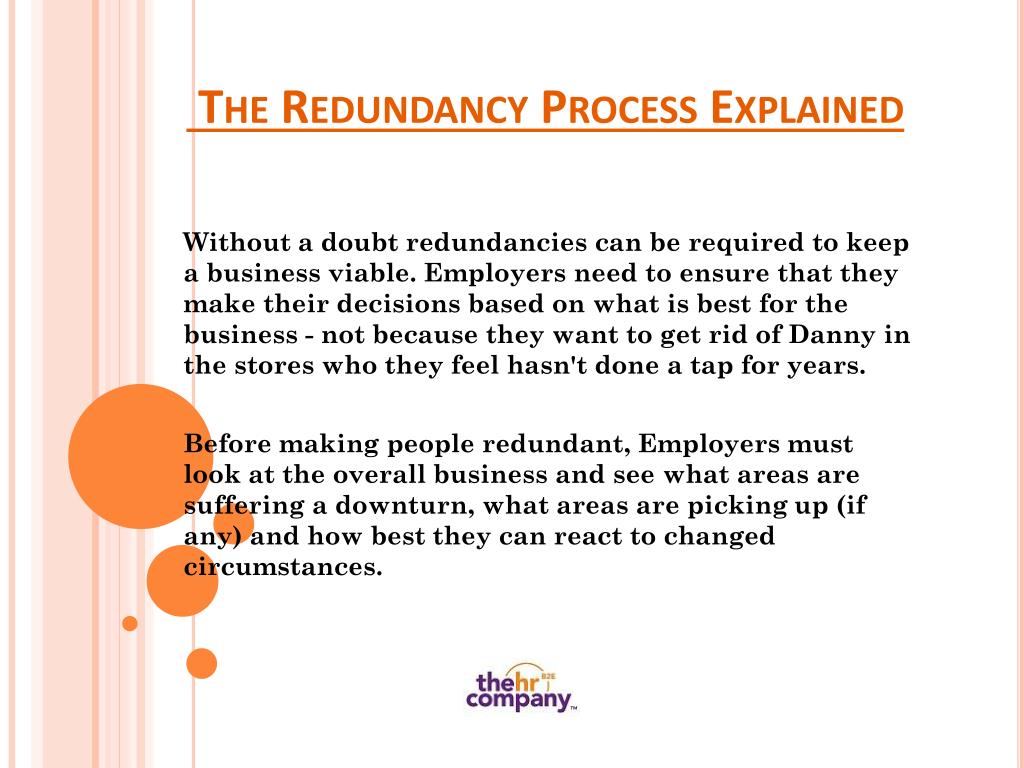Explained: If a Company Goes Bust Who Pays Redundancy in the UK?
Explained: If a Company Goes Bust Who Pays Redundancy in the UK?
Blog Article
Checking Out the Interplay Between Firm Redundancy and Business Versatility for Future Growth
In the dynamic landscape of today's service world, the complex relationship in between company redundancy and business versatility arises as a vital variable for continual development and success. Firms typically deal with the obstacle of striking a delicate equilibrium in between keeping a degree of redundancy to mitigate dangers and fostering versatility to react swiftly to the ever-evolving market needs.
Significance of Firm Redundancy
Company redundancy is a critical aspect that enhances business strength and mitigates operational dangers. By including redundancy measures within the organizational framework, firms can better hold up against unexpected interruptions and changes in the business setting. Redundancy functions as a calculated barrier, enabling firms to adjust and respond efficiently to unforeseen challenges without compromising necessary procedures.
One key facet of the value of business redundancy is its role in guaranteeing continuity during times of situation. When confronted with abrupt adjustments or emergency situations, redundant systems, sources, or employees can action in to preserve crucial features and protect against extensive interruptions. This continuity not only safeguards the firm's credibility and customer count on yet likewise lessens monetary losses and functional downtime.

Methods for Business Flexibility

Developing adaptable business structures that permit for quick changes to market characteristics and consumer requirements is important for remaining competitive in a rapidly evolving setting. By proactively recognizing potential disruptions and opportunities, organizations can proactively flourish and adjust in an ever-changing business landscape.
Harmonizing Redundancy and Flexibility
Accomplishing an unified balance between operational redundancy and organizational flexibility is extremely important in navigating the complexities of a dynamic organization atmosphere. Redundancy within a firm supplies a safeguard, making certain connection and stability in operations. Nevertheless, an excess of redundancy can bring about inadequacies and hinder versatility to changing market problems. On the other hand, business versatility allows companies to react immediately to exterior interruptions and take brand-new possibilities. Striking the right equilibrium in between redundancy and adaptability is a delicate process that needs a deep understanding of the company's goals, market dynamics, and risk tolerance.
To attain this equilibrium, business require to carry out regular analyses of their operations to identify locations where redundancy is needed for threat reduction and where versatility can drive technology and development. Carrying out versatile frameworks, fostering a society of continuous discovering and enhancement, and encouraging open communication throughout all levels of the company are vital strategies to balance redundancy and versatility efficiently. By lining up these two important components, companies can position themselves for lasting development and success in an ever-changing business landscape.
Study on Adaptation Success
In checking out instances of successful business adjustment, it ends up being apparent that the interplay between operational redundancy and versatility is a defining factor in shaping resistant companies. One compelling study is that of Netflix. Initially a DVD rental service, Netflix showed amazing adaptability by transitioning into a streaming platform when digitalization interfered with the market. By tactically buying technology and content creation, Netflix not just survived but grew in a rapidly advancing market. One more standout instance is Amazon. Beginning as an on-line bookstore, Amazon continually adapted its business design, increasing into varied sectors such as cloud computer and artificial knowledge. This flexibility enabled Amazon to stay in advance of competitors and fulfill altering customer demands. Finally, Adobe offers a significant illustration of successful adjustment. The firm moved from selling software program licenses to a check out here subscription-based model, making certain recurring earnings streams and improved client involvement. These case studies highlight the relevance of functional redundancy combined with business flexibility in cultivating lasting growth and competitiveness.
Structure Strength for Future Development
Structure durability for future development requires a tactical placement of operational processes with market dynamics and emerging trends. Firms have to adjust to transforming atmospheres by cultivating a culture of adaptability, advancement, and continuous improvement. Resilience entails not just bouncing back from troubles yet likewise proactively getting ready for future challenges. One key facet of building resilience is buying durable danger management strategies to minimize possible interruptions. This includes circumstance planning, diversifying supply chains, and creating contingency prepare for numerous backups (who pays redundancy money).
Moreover, fostering solid relationships with stakeholders, such as consumers, employees, distributors, and the community, is crucial for preserving and weathering unpredictabilities count on and assistance during rough times. Effective interaction and transparency play a crucial duty in building durability, as they aid line up assumptions and facilitate partnership in browsing unpredictabilities.
In addition, organizations need to focus on learning and development efforts to upskill staff members and outfit them with the required tools to adjust to transforming conditions. By buying their workforce, business can boost their flexibility and agility, ultimately enhancing their durability for lasting future development.
Verdict

In the dynamic landscape of today's business useful source world, the complex relationship in between company redundancy and business versatility emerges as an important element for continual development and success. Companies frequently face the difficulty of striking a fragile equilibrium in between maintaining a level of redundancy to alleviate risks and promoting versatility to react quickly to the ever-evolving market needs.To accomplish this equilibrium, business need to carry out regular analyses of their operations to determine locations where redundancy is essential for risk mitigation and where versatility can drive technology and growth.In conclusion, the why not try here interplay between business redundancy and business flexibility is essential for future growth. Building durability with a mix of redundancy and flexibility will certainly ensure that companies are prepared for the challenges of the future.
Report this page